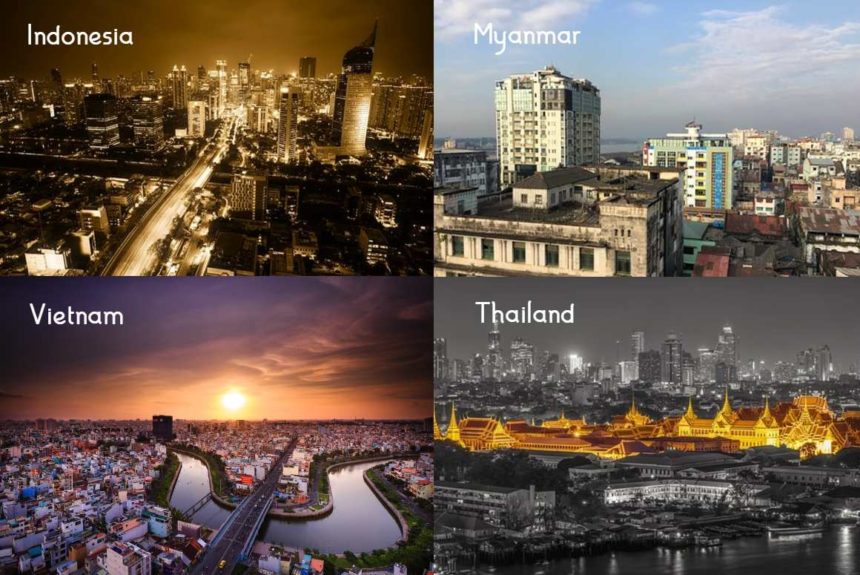“Building Climate Resilience in Southeast Asia – A Handbook for Action” by the Business for Social Responsibility (BSR) and the Rockefeller Foundation is designed to assist and equip businesses in Southeast Asia as they face climate change challenges and impacts.
The Handbook, published in September 2018, mentions the countries and communities in Southeast Asia, especially developing ones, that are the most vulnerable to climate change hazards.
These hazards include warming temperatures, sea-level rise, and increased frequency and intensity of extreme weather events. According to the Handbook, communities, infrastructures, livelihoods, and ecosystems will suffer damages if they are not mitigated or adaptation fails.
The research handbook focuses on the four countries in Southeast Asia: Indonesia, Myanmar, Thailand, and Vietnam because of their exposure and vulnerability.
The Handbook suggests a two-pronged approach for businesses in Southeast Asia to tackle climate change: (1) To transition to a low-carbon economy and (2) To enhance adaptive capacity in the face of inevitable climate hazards.
The BSR researched how businesses are addressing climate risks in their operations. Their findings showed that efforts have been made to reduce carbon emissions, but more resilience is needed against the impact of climate change.
The Handbook also offers tools and resources for Southeast Asian businesses to start assessing climate risks and building resilience.
The methodology used for research is the following:
- The literature review includes the Intergovernmental Panel on Climate Change (IPCC) 5th Assessment Report.
- Workshops. Uses private sector workshops in each country to test findings and tools and gather feedback.
- Semi-structured interviews for qualitative data collection. Interviewed leading practitioners, experts in climate change and disaster risk reduction, and representatives from a cross-section of companies.
The study used the following industries to conduct the climate risk analysis for the businesses: agriculture, manufacturing (automobiles, garments, IT), tourism and hospitality, and financial services.
Their findings: current business risk analysis is not enough to cover the three dimensions of climate risks, namely, understanding the physical hazards, minimising exposure, and reducing vulnerability across the businesses’ operations, which includes supply chains and the community it depends.
It was also found that businesses are eager to understand how to mitigate climate risks and build adaptive capacity and are looking for more guidance and information in this area. The Handbook seeks to provide these answers.
The Handbook is built on three dimensions: Hazards, Exposure, and Vulnerability. It also identifies the six capital assets on which to build resilience: human, physical, political, social, financial, and natural assets.
Also, read about the five steps to build resilience and a pre-assessment questionnaire on risk identification for businesses.
The Handbook contains online resources and a list of tools, research, examples of best practices, international organisations, and financial institutions that can assist businesses and communities in Southeast Asia with climate change.
This Handbook will be very valuable to small or medium-sized businesses in Southeast Asia, institutions looking for information on climate change adaptation and mitigation, or organisations with the capacity to help vulnerable communities in Southeast Asia.
Citation: Gallagher, Eileen. “Building Climate Resilience in Asia: Handbook for Action.” BSR, June 2018



